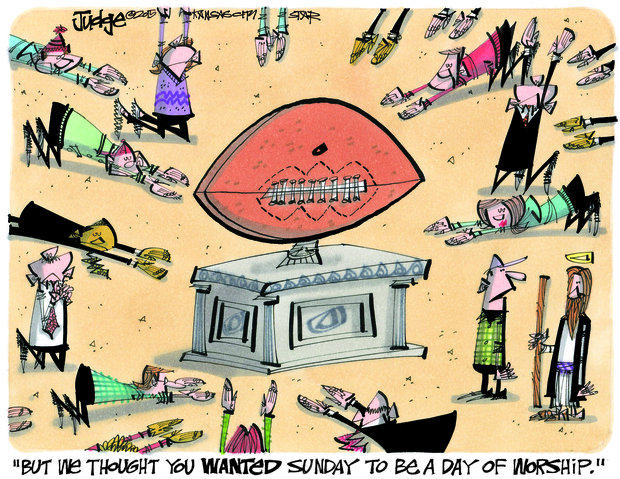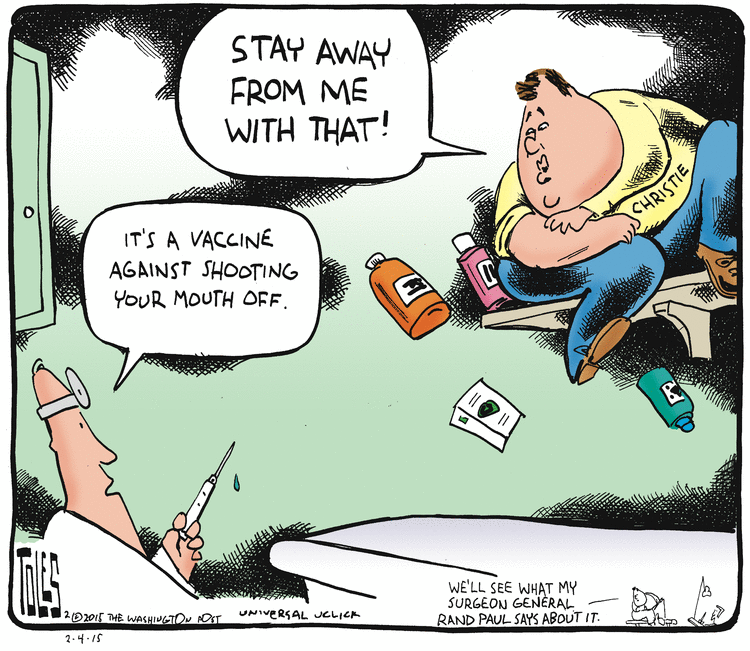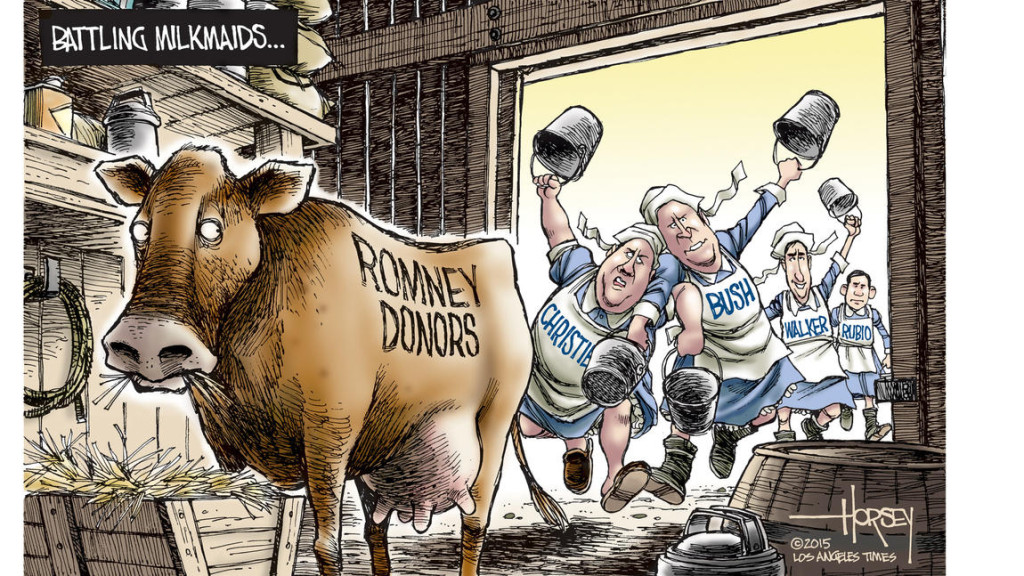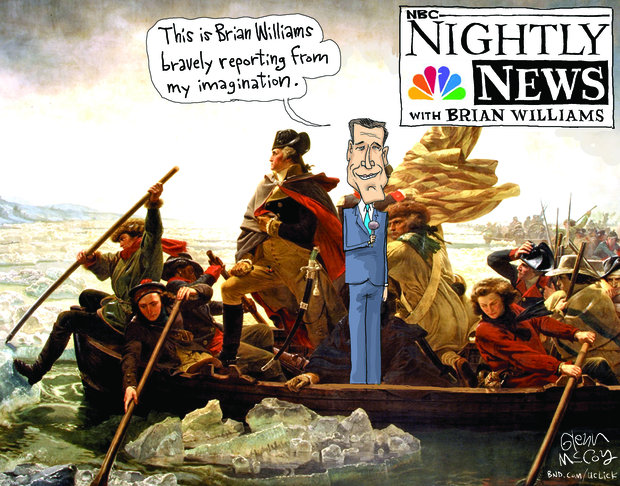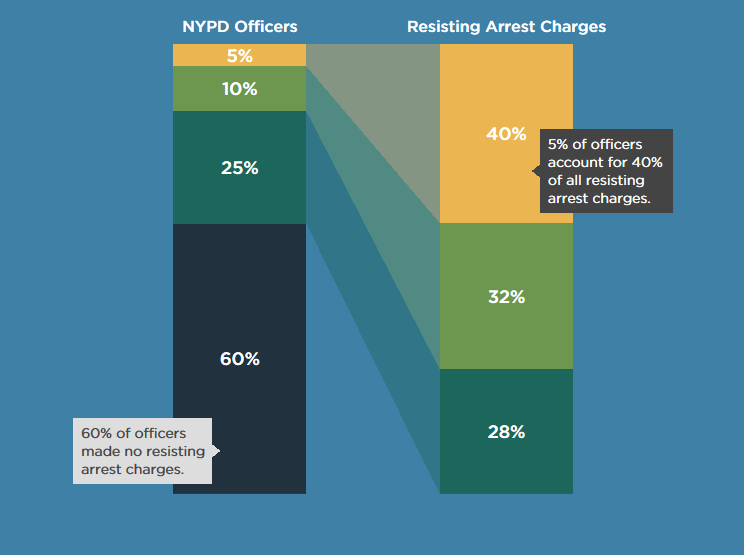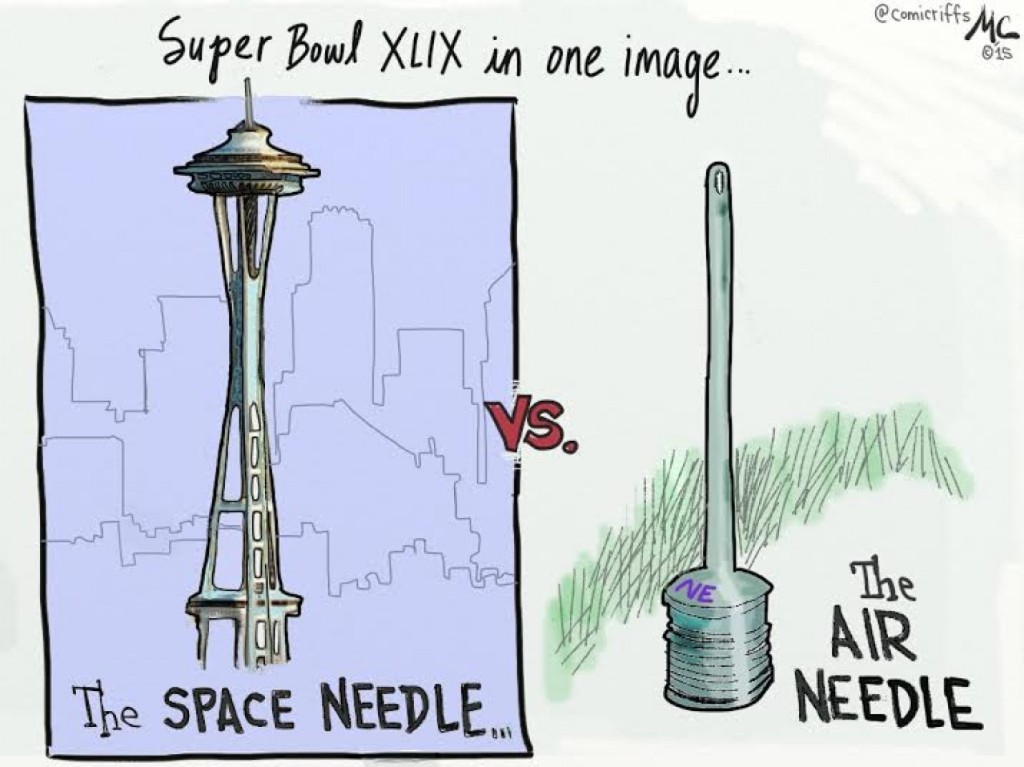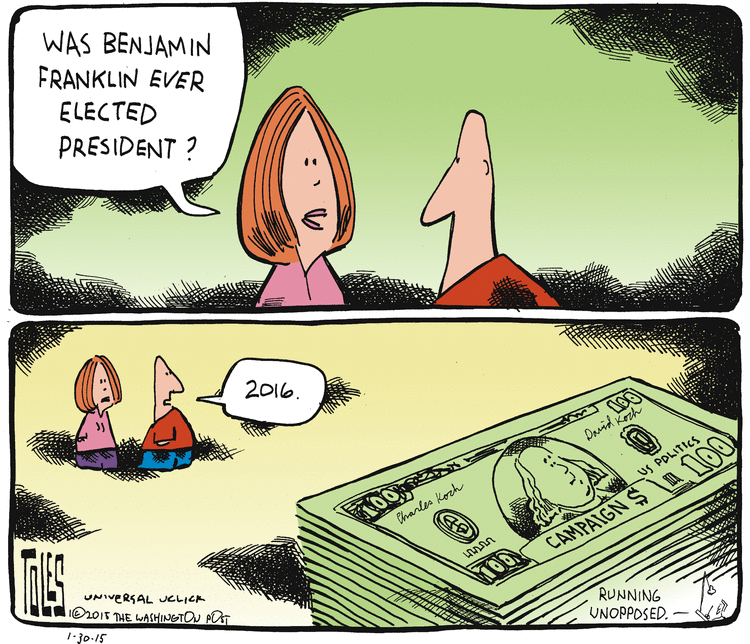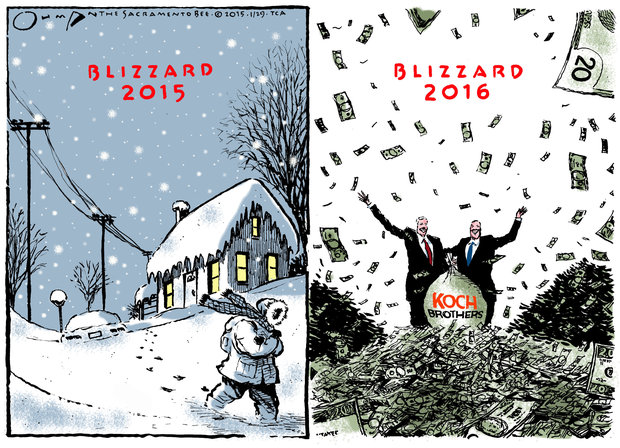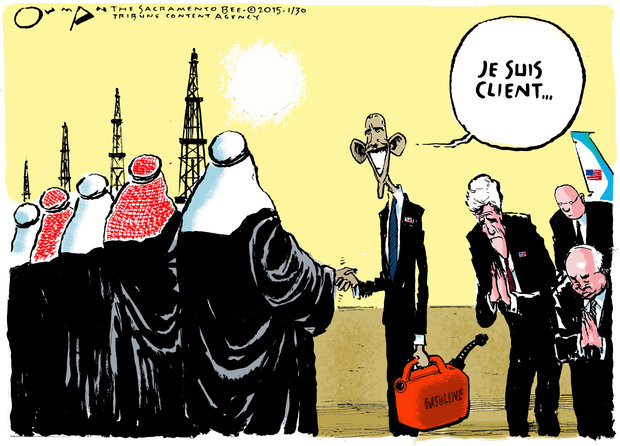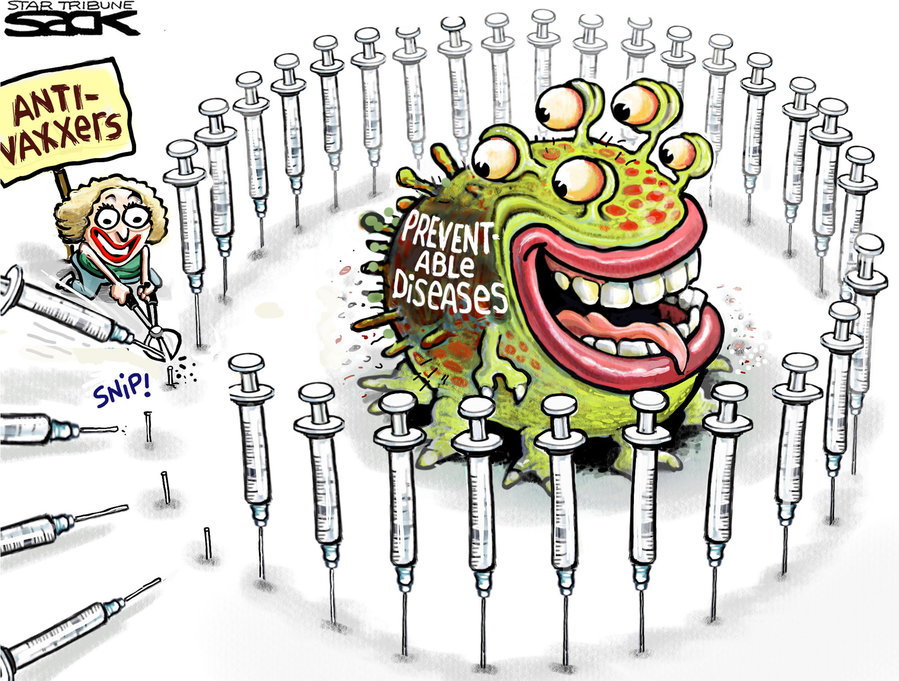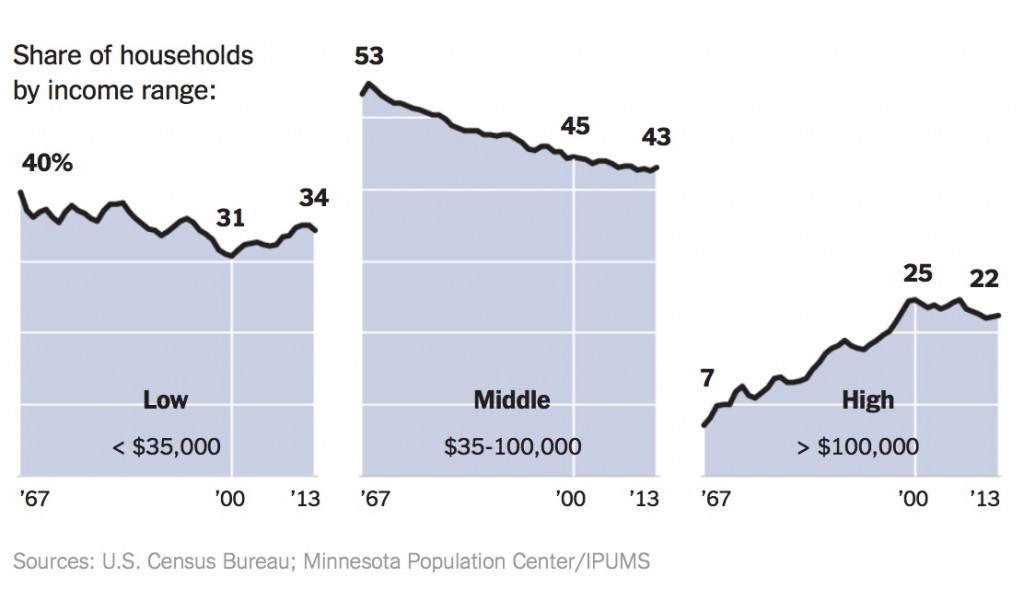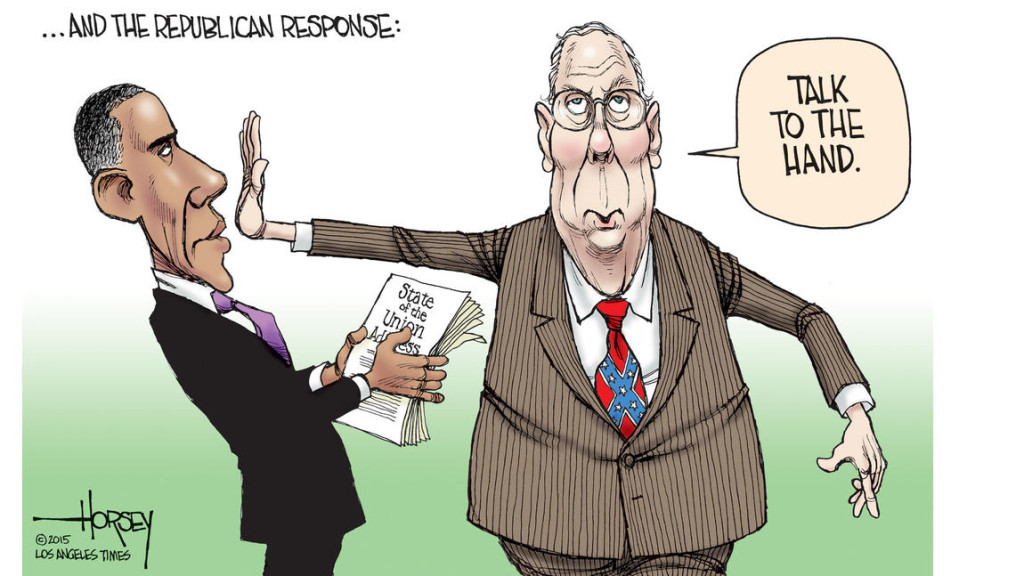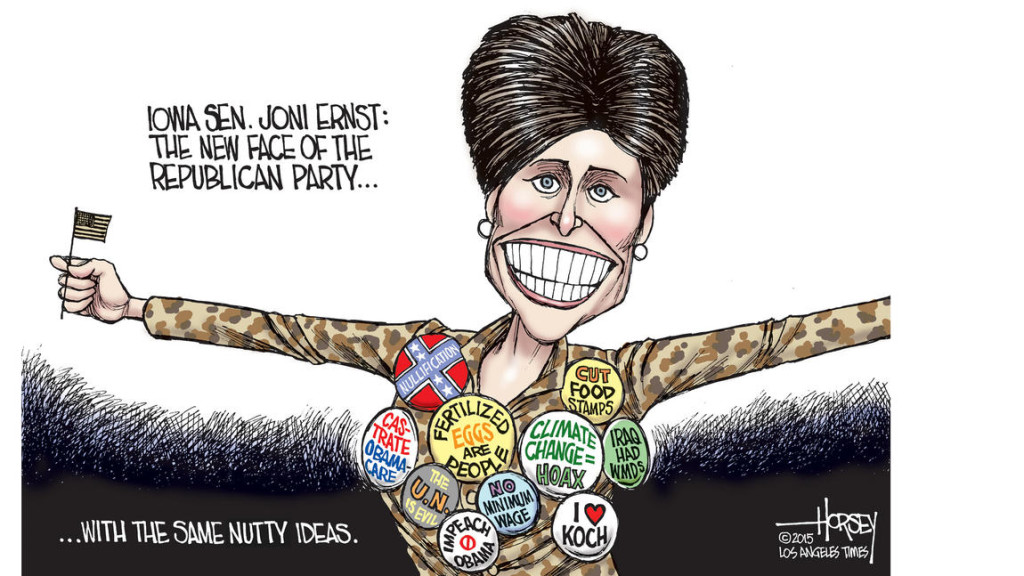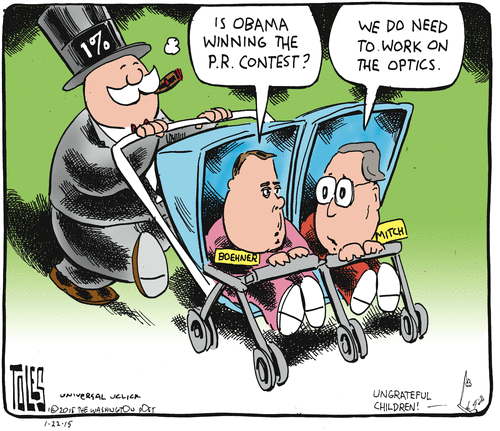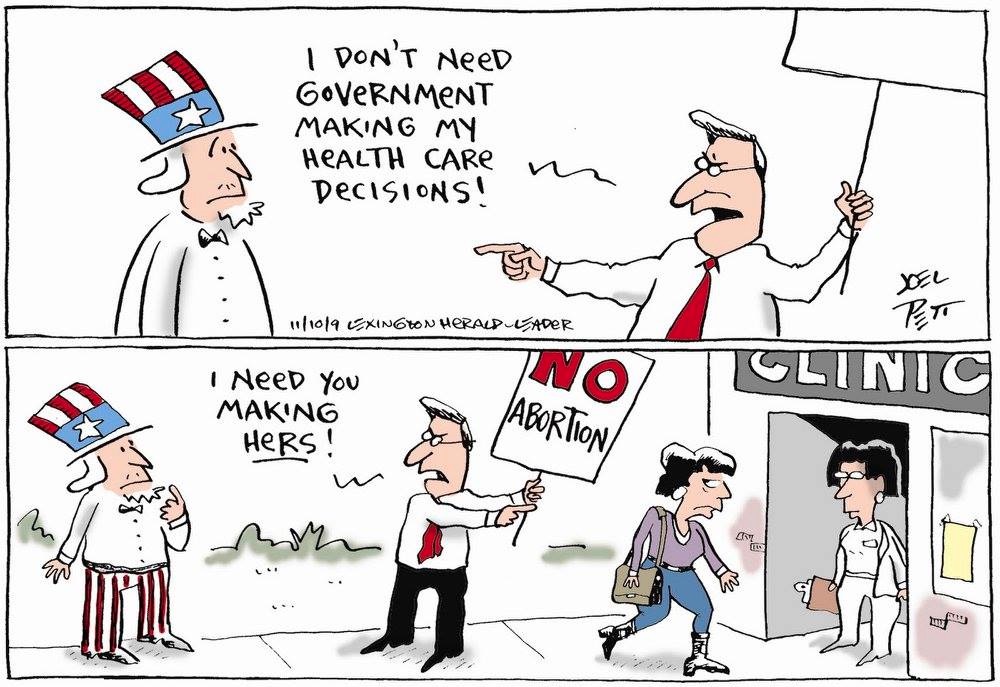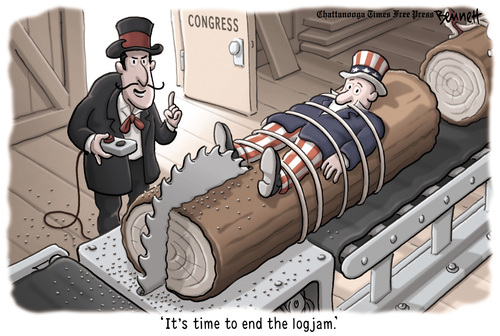Today is Sunday, the day when Christians worship their God. So, it’s appropriate that we focus on the reaction of certain right-wing Christians to Mr. Obama’s talk at the National Prayer Breakfast last Thursday. He spoke for about thirty minutes but the part of the speech that the right wing are focusing on is when he brought up the Crusades: (brackets by the Wrongologist)
Humanity has been grappling with these questions [violence in the name of religion] throughout human history. And lest we get on our high horse and think this is unique to some other place, remember that during the Crusades and the Inquisition, people committed terrible deeds in the name of Christ. In our home country, slavery and Jim Crow all too often was justified in the name of Christ.
The righties are complaining that Obama is saying that Christianity is equivalent to ISIS. Which of course, isn’t what he said. He was saying that Islam was not ISIS, and demonizing Islam for the sins of ISIS is hypocritical, because, among other reasons, Christians have plenty to answer for, given their historical actions in the name of religion. So, conservatives are slamming Obama for not equating terrorism with Islam. For example, Jim Gilmore, former Republican governor of Virginia said:
He has offended every believing Christian in the United States…Mr. Obama does not believe in America or the values we all share.
The blog Red State said:
Barack Obama, leftwing community organizer and closet theologian, used the National Prayer Breakfast to throw a tu quoque at anyone critical of Islam while continuing to fancy himself as the Pope of Islam
When did the clearly dominant religion in the US develop a glass jaw?
Mr. Obama has attended this prayer breakfast each year to speak about his faith. And the things he said this time were things that Christians agree with: that at times, the religion has been perverted, that we have to walk humbly before God, that God’s purposes are mysterious to us. These thoughts are accepted by every Christian. And so what he said was normal, a recognition of historical fact, and an urge towards some level of perspective and humility.
But what Obama says is never enough for these crypto-Christians. And as for American’s Christian conservatives, they love, love, love violent retribution. One example is their love affair with torture. Do you need the reminder that Sarah Palin said about waterboarding:
that’s how we baptize terrorists
Here is your OTHER approved form of Sunday worship:
But today, we have as many deniers as believers:
Mr. Christie, a denier, needs a different vaccine:
Mr. Romney’s exit creates a stampede:
Bibi gets to address Congress, but teleprompter has ideas:
Brian Williams not always honest:

